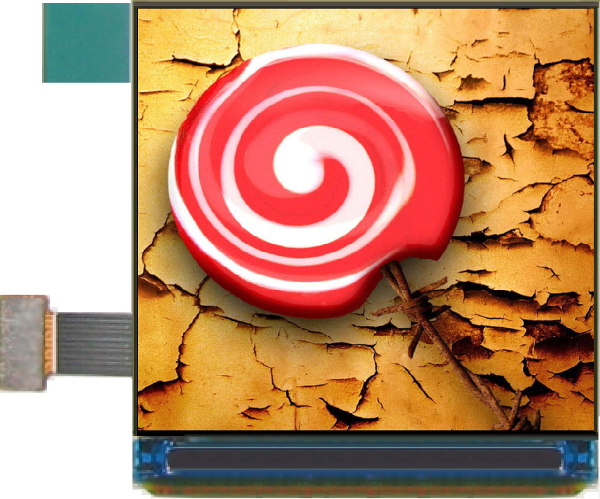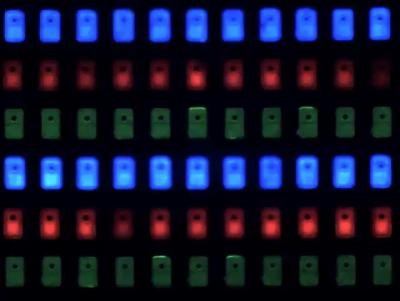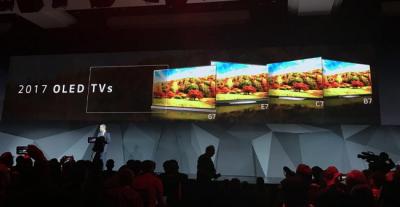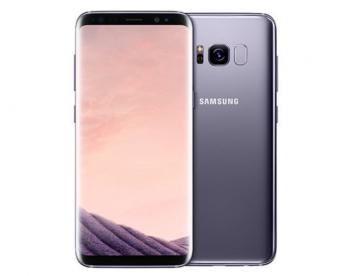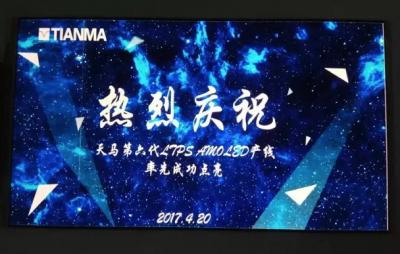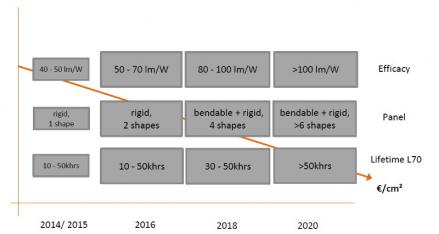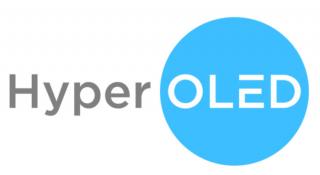AUO reports an excellent quarter, AMOLED production to reach 1 million monthly units by the end of the year
Taiwan's AU Optronics reported an excellent quarter, with the best Q1 profit in nine years ($314 million). Regarding its AMOLED business, AUO says that it made "significant progress" this year in expanding its client base. The company's monthly shipments are expected to reach 1 million units in the second half of 2017.
Last month we reported that AUO's AMOLED production yields are improving - and the company resumed production of smartphone AMOLEDs. The company is focused on AMOLEDs for wearables and VR.
